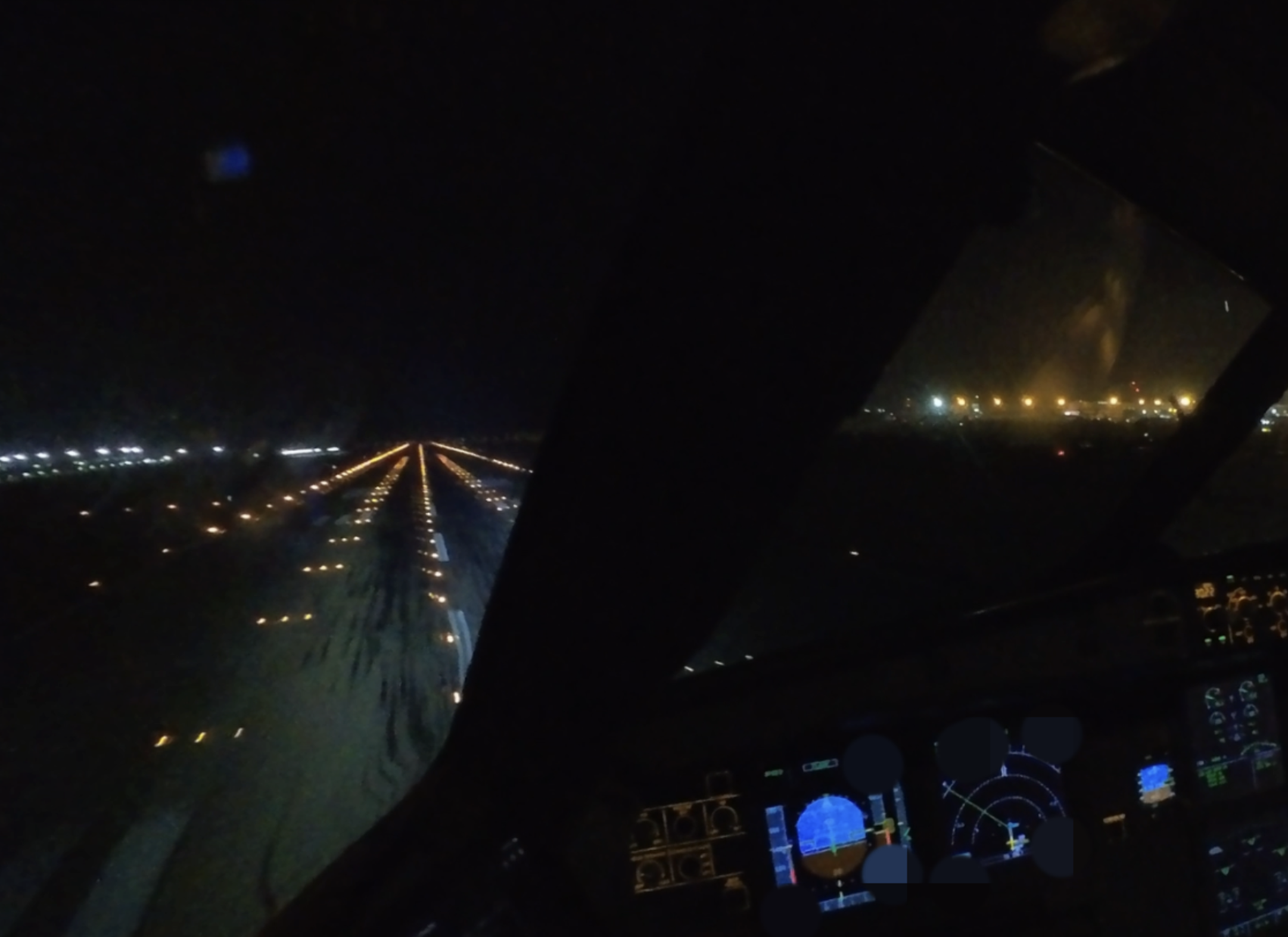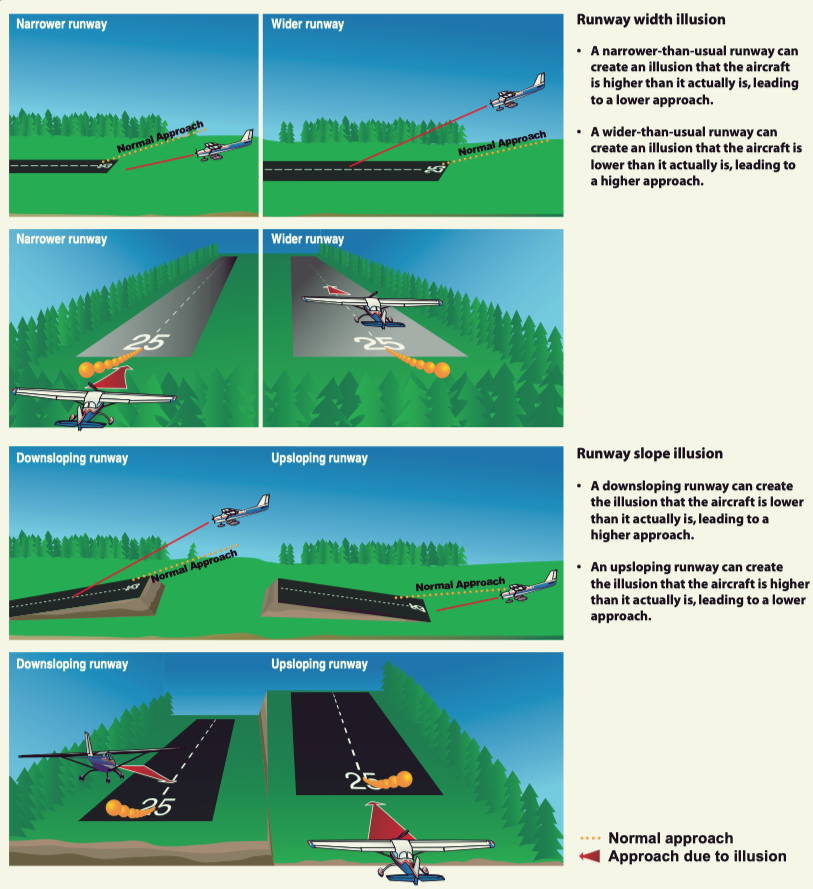Disclaimer:
▪︎This content is Not an official document and does not represent the views of Airbus or any other aviation authority.
▪︎The information provided may be incorrect or misinterpreted and should not be relied upon for decision-making.
▪︎Always refer to official documents and consult with a qualified aviation professional before making any decisions based on the information provided in this blog post.
▪︎The information provided in this blog post is based on personal study and review.
In my experience, I usually get to perform takeoffs and landings on runways with a narrow width, typically around 148 feet (45 meters). This is because most of the airports I fly to have runways of this width.
However, occasionally I fly to larger airports with wider runways, usually around 197 feet (60 meters).
I've noticed that I have a tendency to flare early when landing on wider runways. This results in touching down at the far end of the touchdown zone or even beyond it. I believe this is due to a runway width illusion, where I'm accustomed to the narrower width and misjudge my flare timing on wider runways.
Although I'm aware of this illusion and have experience landing on wider runways, my familiarity with narrow runways seems to influence my perception. The height and visual cues during the flare are ingrained in my mind based on narrow runway experiences. Consequently, I wait until I see a similar runway picture before initiating the flare.

With the wider length of runway, everything appears larger, giving the impression of being in a bigger aircraft. This leads me to instinctively flare early, falling victim to the illusion.
As the aircraft approaches the runway, the shape of the runway edge creates a visual reference for pilots. If pilots are accustomed to landing on runways of a specific width with a particular type of aircraft, these visual cues become ingrained. Flaring occurs when the pilot sees a familiar shape of the runway relative to the windshield.
On wider runways, this familiar shape appears sooner due to the increased width. Consequently, pilots accustomed to flaring at a certain point relative to the windshield may flare prematurely on wider runways.
While there are other illusions related to runways, such as runway slope, pilots typically rely on instruments like the Instrument Landing System (ILS). However, if the runway has a significant upslope, pilots may instinctively flare early.

At larger airports with wider runways, I often feel a sense of relief and relaxation due to the extended length and width of the runway. This sometimes leads me to overlook the potential illusion. However, my extensive experience with narrow runways causes me to flare early and land long when landing on wider runways.
When landing on a wider runway than usual, it's essential to focus on the actual ground location and radio altimeter calls. Pilots should pay extra attention to avoid flaring too early, mitigating the runway illusion."
'KNOWLEDGE' 카테고리의 다른 글
| Coriolis Effect on Final (2) | 2024.03.05 |
|---|---|
| Effect of V1 (Calculation of V1) (2) | 2024.03.03 |
| How to Identify the RNP routes in Jeppesen Manual (1) | 2024.01.21 |
| Contingency procedure in Oceanic and China (2) | 2024.01.17 |
| Don't let the marshaller fool you (0) | 2023.11.16 |



